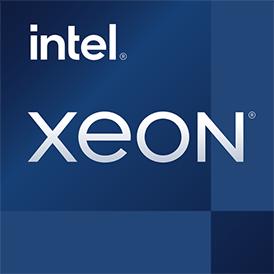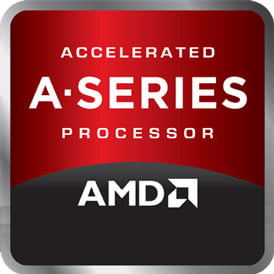 Geekbench 3, 64bit (Multi-Core)
Geekbench 3, 64bit (Multi-Core)
|
|
Intel Xeon E5-2660 v3
10C 20T @ 2.6 GHz
|
33900
|
|
|
AMD A6-4455M
2C 2T @ 2.1 GHz
|
1522
|
 Estimated results for PassMark CPU Mark
Estimated results for PassMark CPU Mark
|
|
Intel Xeon E5-2660 v3
10C 20T @ 2.6 GHz
|
13147
|
|
|
AMD A6-4455M
2C 2T @ 2.1 GHz
|
1293
|
 Geekbench 5, 64bit (Multi-Core)
Geekbench 5, 64bit (Multi-Core)
|
|
Intel Xeon E5-2660 v3
10C 20T @ 2.6 GHz
|
7022
|
|
|
AMD A6-4455M
2C 2T @ 2.1 GHz
|
413
|
 Geekbench 3, 64bit (Single-Core)
Geekbench 3, 64bit (Single-Core)
|
|
Intel Xeon E5-2660 v3
10C 20T @ 2.6 GHz
|
3429
|
|
|
AMD A6-4455M
2C 2T @ 2.1 GHz
|
1088
|
 Geekbench 5, 64bit (Single-Core)
Geekbench 5, 64bit (Single-Core)
|
|
Intel Xeon E5-2660 v3
10C 20T @ 2.6 GHz
|
884
|
|
|
AMD A6-4455M
2C 2T @ 2.1 GHz
|
283
|
 Cinebench R11.5, 64bit (Multi-Core)
Cinebench R11.5, 64bit (Multi-Core)
|
|
Intel Xeon E5-2660 v3
10C 20T @ 2.6 GHz
|
16.3
|
|
|
AMD A6-4455M
2C 2T @ 2.1 GHz
|
0.9
|
 Cinebench R11.5, 64bit (Single-Core)
Cinebench R11.5, 64bit (Single-Core)
|
|
Intel Xeon E5-2660 v3
10C 20T @ 2.6 GHz
|
1.6
|
|
|
AMD A6-4455M
2C 2T @ 2.1 GHz
|
0.6
|

